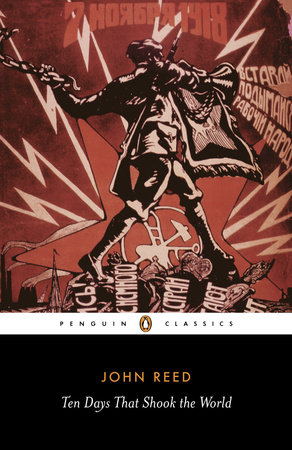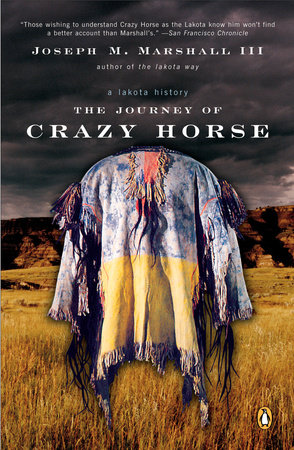A Conversation with David A. Price
Q: Your background is in business and legal reporting. What sparked your interest in John Smith, Pocahontas, and the first permanent English colony at Jamestown?
A: When the Disney movie [Pocahontas] came out in 1995, I knew just enough about the real story—having grown up in Virginia—to know that the movie didn’t have much in common with the historical events. My interest was piqued, so I wrote an article contrasting the movie and the reality of America’s founding colony. That article was published in the Wall Street Journal.
While researching the article, I became drawn to the personalities of the people involved and the stories of their adventures. After the Journal piece came and went, my fascination with Jamestown history stayed with me, and I’d often recount bits and pieces of it to my wife and friends. Love and Hate in Jamestown has been my chance to give this story the detailed treatment I felt it deserved.
Q: Why did you decide to title your book LOVE AND HATE IN JAMESTOWN?
A: Love and hate are intertwined throughout the mythology and the historical reality of Jamestown. There was no love affair between John Smith and Pocahontas, though most Americans over the centuries have been told otherwise. I was interested to learn that Pocahontas saved Smith’s life not once, but twice, and that the second rescue was rooted in their personal friendship.
Abundant hatred in Jamestown existed not only between the English and the natives, but also—in fact, especially—among the English colonists themselves. Smith, one of the few capable leaders at Jamestown, was the object of deep loathing from some colonists, and tremendous loyalty on the part of others. The level of infighting that the colonists engaged in while they struggled to survive was one of the biggest surprises of my research.
Q: Why did the colonists react so intensely to Smith?
A: A lot of the tension came from layers of class resentment. Seventeenth-century England was a highly class-conscious time and place, and a disproportionate number of the colonists and officers of the Virginia Company came from the ranks of “gentlemen”—men of high birth or great wealth. In contrast, Smith was a former mercenary born to a Lincolnshire farm family that ranked just one step above peasantry.
These differences might have been smoothed over if Smith had learned to show deference to men of a higher station, but he had no patience for those niceties. He had seen battle against Spain in the Netherlands and against the Ottoman Empire in Hungary before he ever set foot in North America. So he was not impressed by upper-class men who held influence and leadership positions in the colony despite their lack of practical skills. Smith made no secret of his feeling that most of the gentlemen in Jamestown were useless parasites. He believed in measuring people’s character by their ability and willingness to work rather than their bloodlines.
Q: Besides the fighting between the colonists, did you find anything else in your research that surprised you?
A: Every day of research brought new surprises. I was struck by the optimism that many of the English felt about the relationship with the natives in the colony’s early years. I was startled to learn of the recent scholarly discovery that the first African slaves came to English America as the result of a pirate attack by English and Dutch ships on a Spanish slave trader.
I was also unprepared for a connection I noticed while researching the aftermath of the Powhatan tribe’s attack on the colony on March 22, 1622. This elaborately-planned attack killed between a quarter and a third of all the colonists living in the Jamestown area, and had huge repercussions on English thinking and policy. I saw that the emotional responses of the English in Virginia and back home in England had striking parallels to those of Americans in the aftermath of the September 11 attacks—the fear, the anger, the feeling that a membrane of security had been punctured.
Q: What sort of influence did Pocahontas have on the English view of the native people of Virginia?
A: The Virginia Company was quite hopeful at first, naïvely hopeful, that the natives would readily be won over to Christianity and the English way of life. Pocahontas’s conversion to Christianity, her embrace of English ways, and her arrival in London in 1616 all lent support to these beliefs about the eventual triumph of English culture over native culture.
By the end of her short life, Pocahontas had become an Englishwoman in many respects, but she did voice well-placed doubts about English society in the time of King James. She told John Smith in their last conversation, “Your countrymen will lie much.”
Q: Anything else you’d like to add?
A: Studying John Smith’s mistakes and triumphs helped me understand what it means to be a leader. Toward the end of his life, Smith was also one of the first, if not the first, to anticipate that America would be the seed bed for a new kind of society. He had escaped the obscurity to which he was born and realized that in the New World, poor men with ambition could likewise make new destinies for themselves. John Smith’s story gives us a new vantage point for looking at the American experiment.














